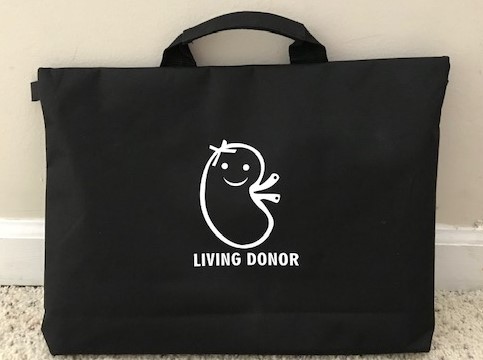Every year before I make new new year’s resolutions, I try to look back to see how I did on last year’s. Alas, they’re almost always still relevant. I don’t think I’m unusual in that respect. I know that starting next week, for example, my Zumba classes and the workout area of my gym are going to be jammed. I used to be concerned but soon saw that in a matter of weeks, the crowds invariably start to thin, and by late February they’re always back to near-usual levels.
So, I thought I’d dust off my old new year’s resolution blog post and share these again. They’re relevant for everyone–if you’re a donor or never plan to be one.
Whether you’re being evaluated as a living donor already, or just thinking about it, here are a few suggestions that will benefit you and your kidneys–wherever they happen to be.

1- Take good care of yourself (and your kidneys).
–Exercise regularly.
–Get plenty of rest.
–Stay hydrated.
–Eat a healthy diet.
2-For your safety and your future recipient’s, be sure to get the latest Covid booster as soon as you’re eligible. Transplant recipients and anyone else who is immunocompromised, such as people with cancer or autoimmune diseases, can’t count on full protection from the vaccines. It’s all the more important that the rest of us add that protection.
3-Avoid ibuprofen and other NSAIDs—they’re hard on the kidneys for anyone—particularly important if you’re a donor or recipient.
4-Learn about kidney function. Kidneys are amazing!
5-Read up on all facets of kidney donation—for example, order a copy of The Insider’s Guide to Living Kidney Donation.
To all of you and your loved ones: a happy and healthy new year!
For related posts and information on my book, The Insider’s Guide to Living Kidney Donation, be sure to explore the rest of my website.







